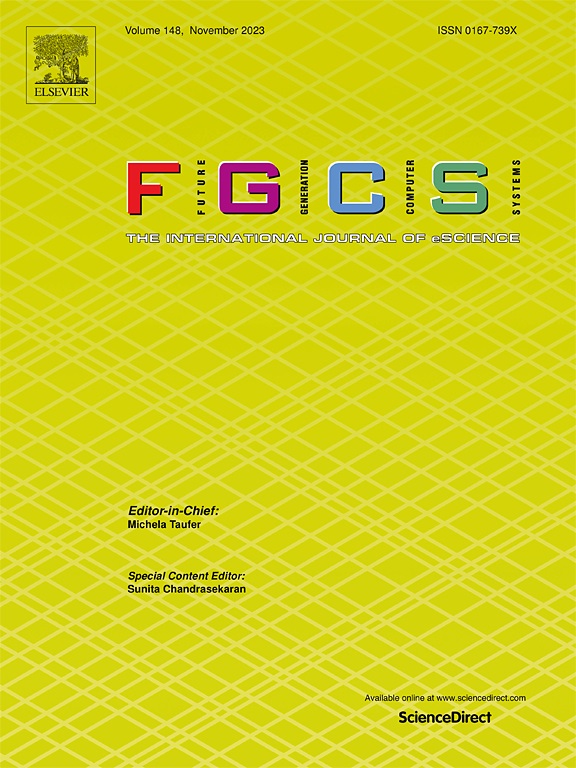Entropy-based genetic feature engineering and multi-classifier fusion for anomaly detection in vehicle controller area networks
IF 6.2
2区 计算机科学
Q1 COMPUTER SCIENCE, THEORY & METHODS
Future Generation Computer Systems-The International Journal of Escience
Pub Date : 2025-02-27
DOI:10.1016/j.future.2025.107779
引用次数: 0
Abstract
Technological advances in mobile computing, wireless communications, and remote sensing have provided the foundation for expanding and improving intelligent transportation systems (ITS), making modern vehicles susceptible to cyberattacks due to their evolved functionality and connectivity. In-vehicle networks, such as controller area networks (CAN), are highly vulnerable to attacks due to the lack of security architecture. Considering the temporal and spatial aspects of attacks and the need to develop lightweight models, this study develops a flexible and lightweight anomaly detection model for CAN bus with normal and sensitive duty cycles. To achieve optimal performance and consider spatio-temporal information, the feature space is optimized by extracting new features based on a two-parameter genetic algorithm (2P-GA) and Shannon entropy. Next, a synergistic combination of different supervised machine learning classifiers based on the ordered weighted averaging (OWA) operators is leveraged to optimize the results and achieve better performance. Also, to show the effectiveness of the proposed method in the present study, a comprehensive and unique comparative analysis with previous works and state-of-the-art models is presented. The results show that the proposed framework achieves the highest performance in terms of accuracy and F1-score and the lowest computational cost compared with previous works.
基于熵的遗传特征工程和多分类器融合的车辆控制器区域网络异常检测
移动计算、无线通信和遥感技术的进步为扩展和改进智能交通系统(ITS)提供了基础,使现代车辆由于其不断发展的功能和连接性而容易受到网络攻击。车载网络,如控制器局域网(CAN),由于缺乏安全架构,极易受到攻击。考虑到攻击的时间和空间方面以及开发轻量级模型的需要,本研究开发了具有正常和敏感占空比的CAN总线的灵活轻量级异常检测模型。为了达到最佳性能并考虑时空信息,基于双参数遗传算法(2P-GA)和Shannon熵对特征空间进行优化。接下来,利用基于有序加权平均(OWA)算子的不同监督机器学习分类器的协同组合来优化结果并获得更好的性能。此外,为了证明本研究中提出的方法的有效性,本文还与以往的工作和最新的模型进行了全面而独特的比较分析。结果表明,该框架在准确率和f1分数方面均取得了较高的性能,且计算成本最低。
本文章由计算机程序翻译,如有差异,请以英文原文为准。
求助全文
约1分钟内获得全文
求助全文
来源期刊
CiteScore
19.90
自引率
2.70%
发文量
376
审稿时长
10.6 months
期刊介绍:
Computing infrastructures and systems are constantly evolving, resulting in increasingly complex and collaborative scientific applications. To cope with these advancements, there is a growing need for collaborative tools that can effectively map, control, and execute these applications.
Furthermore, with the explosion of Big Data, there is a requirement for innovative methods and infrastructures to collect, analyze, and derive meaningful insights from the vast amount of data generated. This necessitates the integration of computational and storage capabilities, databases, sensors, and human collaboration.
Future Generation Computer Systems aims to pioneer advancements in distributed systems, collaborative environments, high-performance computing, and Big Data analytics. It strives to stay at the forefront of developments in grids, clouds, and the Internet of Things (IoT) to effectively address the challenges posed by these wide-area, fully distributed sensing and computing systems.

 求助内容:
求助内容: 应助结果提醒方式:
应助结果提醒方式:


